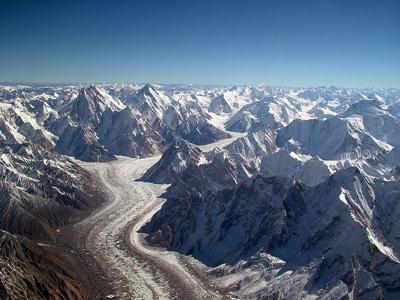MY THINKING
by M. RAMACHANDRAN
(INDIA)
Why do you model for air quality?? What is important and what models do you use?
Barry's Response - The most popular choice for a long time was ISC3 or ISCPrime. This simple model allowed us to take emissions from one or more stacks, downwashed by buildings as appropriate and determine how it would scatter about the surrounding hillsides. RTDM would do similar calculations for steep hills and mountains.
Now we use CALPUFF,
which, essentially, does it all.
One previous commentator said "Superb post" and nothing more. To that I responded with ...
I see. I do wonder what your air dispersion modelling experiences include. Are you familiar with CALPUFF or any of the other models mentioned? Do they have any unique features you would like to bring to light as well?
The point of both of these short conversations is that the model you choose for a particular project depends on a number of factors. One group is the technical criteria pertaining to the project and its prevailing conditions; this includes the clients corporation and their experience with these matters in the local and other jurisdictions.
The second main group is the modellers experiences, preferences and resources as well as his corporate environment if applicable. A third set of criteria comes from the regulatory environment itself and the dynamic standards and protocols contained within.
The criteria pertaining to all three of these groups are changing all the time. Bob Dylan was right.
Search this site for more air quality information now.
Join in and write your own page! It's easy to do. How? Simply click here to return to Hi-Tech Idea.
Do you have concerns about air pollution in your area??
Perhaps modelling air pollution will provide the answers to your question.
That is what I do on a full-time basis. Find out if it is necessary for your project.
Have your Say...
on the StuffintheAir facebook page
Other topics listed in these guides:
The Stuff-in-the-Air Site Map
And,
Thank you to my research and writing assistants, ChatGPT and WordTune, as well as Wombo and others for the images.
GPT-4, OpenAI's large-scale language generation model (and others provided by Google and Meta), helped generate this text. As soon as draft language is generated, the author reviews, edits, and revises it to their own liking and is responsible for the content.

